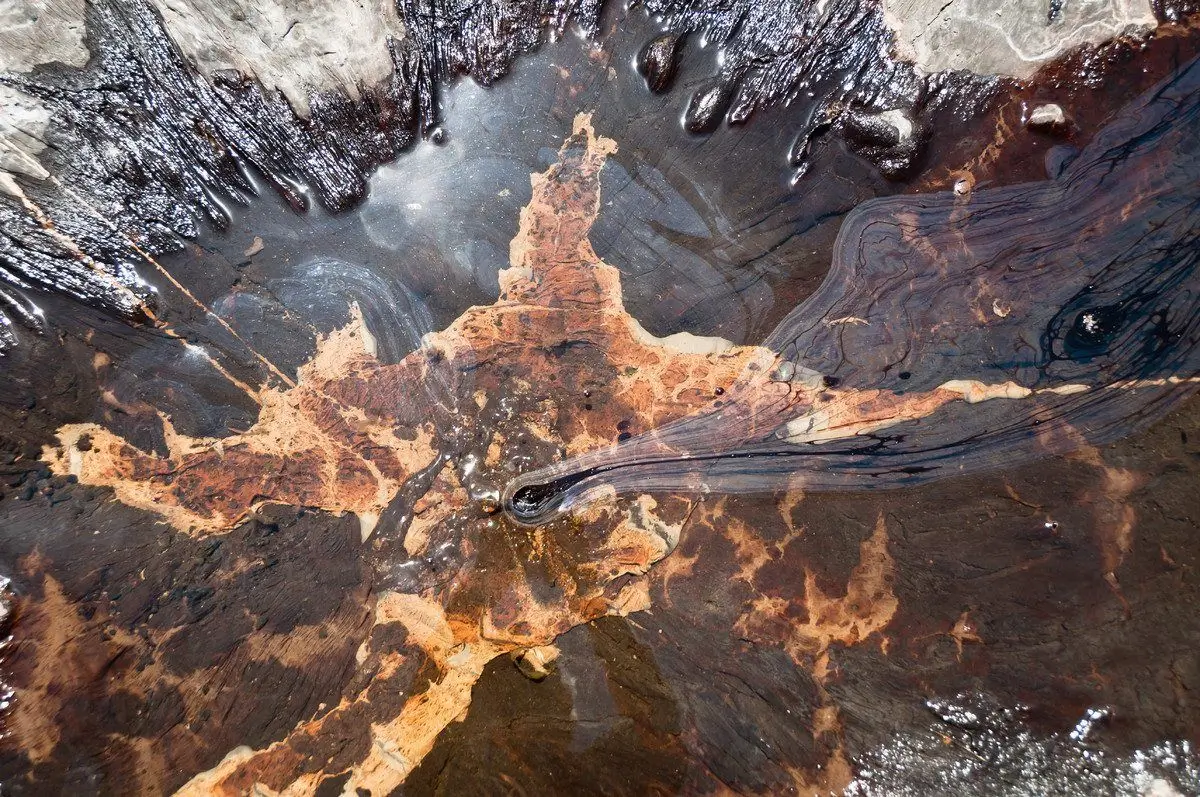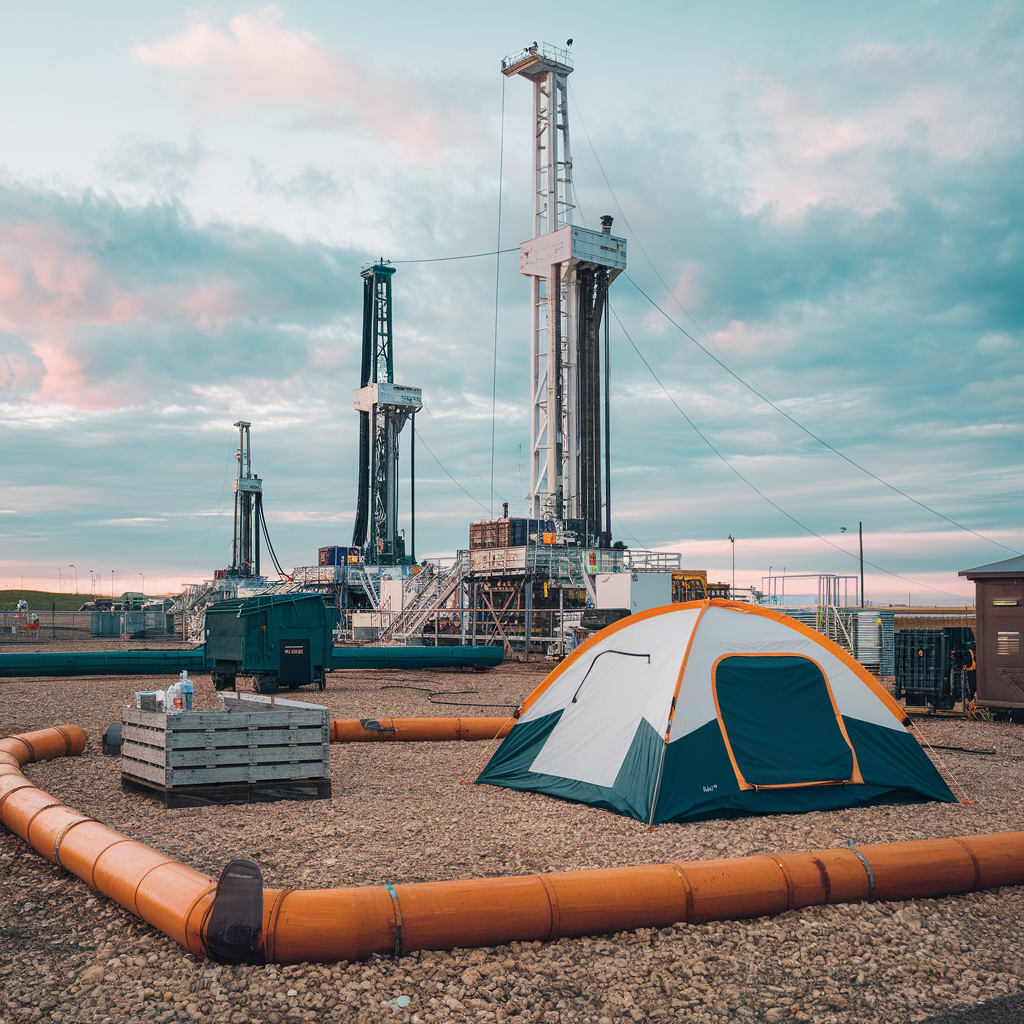
Understanding Alberta Oil Spills: Causes, Impacts, and Solutions
The Causes of Oil Spills in Alberta
There are various causes of oil spills in Alberta like wellhead equipment failure, adverse weather conditions, human error, and sometimes, natural catastrophes.
- Human Error: The errors that occur while drilling, transportation, or maintenance can cause a spill. For example, the mishandling of the equipment or not strictly adhering to the safety protocol leads to disastrous leaks.
- Equipment Failure: The primary hazards are aging infrastructure and malfunctioning equipment. Pipelines, tanks, and other structures need to be inspected and maintained regularly. Unfortunately, most incidents happen when such checks are ignored.
- Extreme Weather: Alberta’s weather is unpredictable. Heavy rainfall, snowmelt, and severe storms can weaken structures and cause spills. For instance, flooding can erode banks and compromise pipeline integrity.
- Natural Calamities: Earthquakes, although rarely occurring in Alberta, sometimes break the pipes. This is because the predictability of nature cannot be controlled, however, the province has devised mechanisms.
Environmental Impact of Oil Spills
Environmental impacts: This is one of the severe impacts of oil spills. The entrance of oil within an ecosystem disturbs life’s ecological balance.
- Pollution of Water: Such spills contaminate water bodies including rivers, lakes, and groundwater hence affecting supplies. Aquatic life is hurt immensely as fish and some other living organisms may be intoxicated by the oil.
- Soil Degradation: Oil can penetrate the soil, killing plants and harming wildlife. The impacts may last for decades, which makes recovery challenging.
- Reduction in Ecosystem Variety: Species that rely on clean water and healthy habitats may be driven to extinction.
- Economic Impacts: Besides environmental damages, the oil spill may lead to devastating impacts on the local economies. The fishing and tourism industries may suffer with resulting job losses and less revenues for communities reliant on such economies.
The effects of an oil spill go beyond immediate clean up. Instead, it affects the environment, wildlife, and human livelihoods.
Alberta Oil Spill Remedies
Effective solutions to the challenges caused by Alberta oil spills must be in place. Some of the major approaches include:
- Improved Technology: Sophisticated pipeline monitoring technology can help identify potential leaks early. Such information, available in real-time, can alert operators before things go wrong and lead to spills.
- Maintenance Schedule: Inspection and maintenance of pipelines and equipment is the norm. Through strict maintenance schedules, the occurrence of spills resulting from the failure of equipment is significantly reduced.
- Emergency Response Plan Formulation: Effective emergency response plans help companies be prepared for potential spills. Staff should be trained based on such plans and should be coordinated with the local emergency services.
- Public Awareness and Education: If the community gets involved, and there is awareness of measures that would prevent oil spills, then safety would become a culture. There should be workshops, campaigns, and community drills that empower the public to take responsibility.
- Legislation and Regulation: More stringent regulation and enforcement would make the companies accountable for spillages. Government agencies have to make sure that the companies do not neglect the safety standards and punish the negligence.
Cleanup of Oil Spills in Alberta
This can also become necessary when spills do occur: quick response with sufficient information for the avoidance of further impact on the environment would have to occur for effective clean-up of the oil spills in Alberta.
- Containment: This becomes the most crucial thing about spill response; containment has been the ability of booms and barriers to restrict the expansion of oil dispersion. Quickly acting reduces spill area immensely.
- Recovery: Recovered oil is extracted from the surface of water with the help of special machinery. These include vacuum trucks, skimmers, and absorbent materials.
- Disposal: The disposal of recovered oil and contaminated materials needs to be carried out correctly. Normally, this calls for transporting the materials to special facilities for treatment and disposal.
- Restoration of the Environment: Restoration activities should begin immediately after cleaning up. This may involve replantation of the vegetation, rejuvenation of the wildlife habitats as well as monitoring the various ecosystems toward a long-range recovery.
- Community Involvement: Community involvement in cleaning operations can assist in developing a sense of ownership and responsibility by the same. Volunteers might be involved in restoration projects also used for awareness-building efforts on the effects of oil spills.
Conclusion
It is crucial to be aware of Alberta oil spills in order to understand the causes of, their impacts, and their solutions to better preserve the environment and communities surrounding the region. These risks of oil spills will be minimized by trying to understand the root cause and by providing oil spill prevention measures as efficiently as possible, while immediately responding to spills. A very collective effort involving the government, industries, and the people is needed for this issue.


